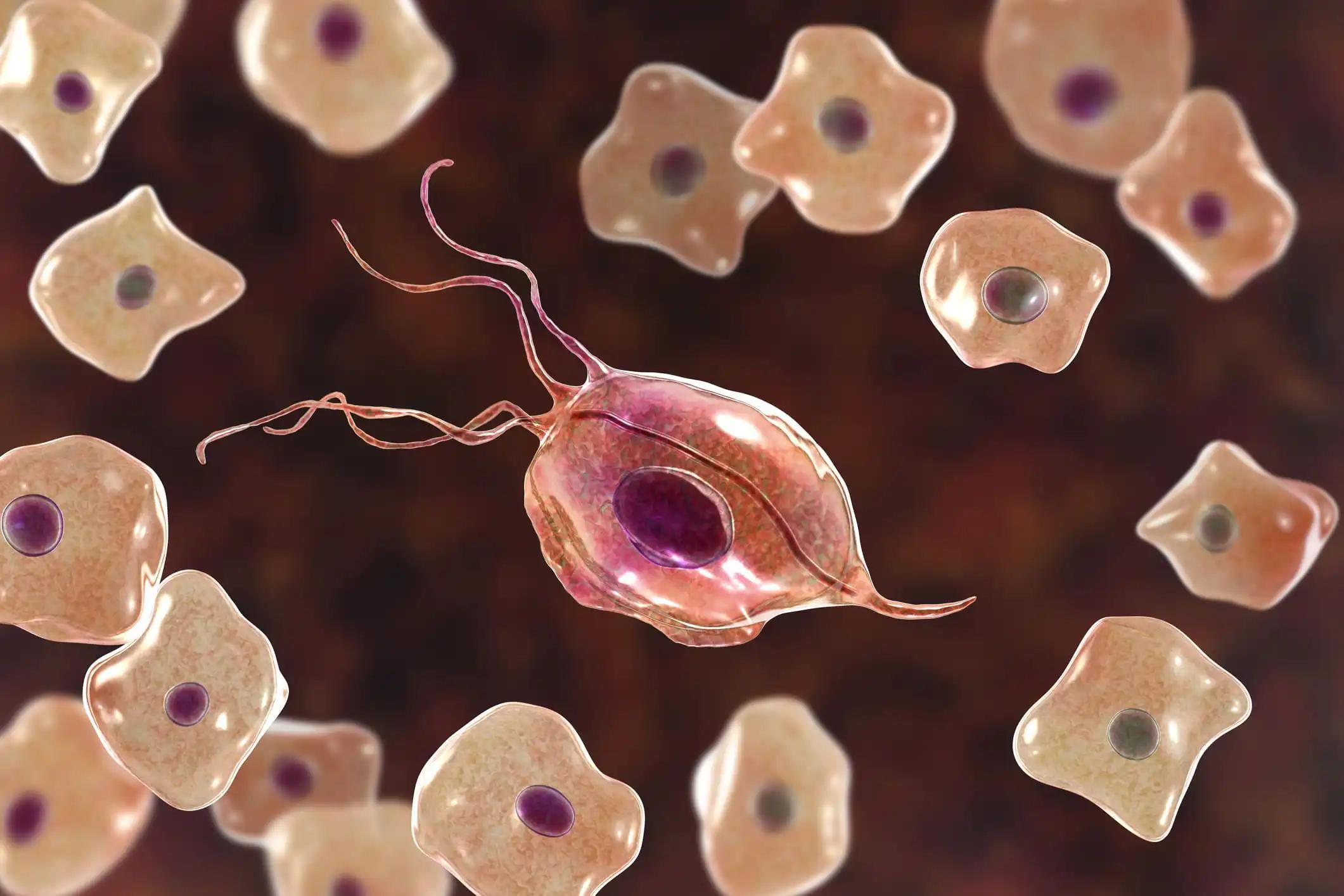KEY TAKEAWAYS
- The HYPERCAN study observational trial aimed to investigate the predictive value of prechemotherapy hemostatic biomarkers for high-risk breast cancer pts.
- Researchers noticed that TG and D-dimer, offer a promising tool for identifying high-risk breast cancer pts prone to early disease recurrence.
Hemostatic biomarkers have garnered attention for their potential in predicting specific cancer outcomes, such as survival, malignant disease recurrence, and progression. Despite promising results from small, single-center studies, the need for confirmatory data from large, prospective studies persists. In this context, the HYPERCAN study was initiated, focusing on a substantial cohort of high-risk breast cancer patients (pts).
Patricia Gomez-Rosas and her team aimed to investigate whether prechemotherapy hemostatic levels could serve as predictive indicators for disease recurrence (DR). The objective was to assess and generate an internally validated risk assessment model based on pre-treatment values of thrombin generation (TG) and D-dimer. This model aimed to identify subjects at higher risk of DR within the initial 2 years post tumor resection.
The HYPERCAN study conducted an inclusive analysis as part of its prospective, observational, multicenter design. Specifically focused on evaluating hemostatic biomarkers, the study aimed to elucidate their correlation with disease recurrence, disease progression, mortality response to therapy, and thrombosis in pts diagnosed with surgically resected high-risk breast cancer. The analysis encompassed pts enrolled between 2012 and 2019.
The study performed an extensive examination of blood samples collected at enrollment, prior to the initiation of anticancer treatment. TG was assessed using both the ST-Genesia system (STG-ThromboScreen reagent, with and without thrombomodulin) and the calibrated automated thrombogram (CAT) at 5 pM TF. Additionally, D-dimer, fibrinogen, prothrombin fragment 1+2 (F1+2), and proteins C and free protein S (FPS) were measured.
The primary outcome under scrutiny was early-DR (E-DR) within a 2-year timeframe.
About 1,059 pts, with a gender distribution of 15 males and 1,044 females, and a mean age of 53 years (SD±11), were included in the analysis. Surgical procedures comprised breast-conserving resection in 53% of cases and mastectomy in 47% pts. HER-2 expression was positive in 26% of tumor specimens. Predominant molecular subtypes were Luminal B HER2 negative (32%), Luminal A (22%), Luminal B HER2 positive (19%), Triple-negative (13%), and HER2 positive (8%). The majority of tumors (86%) were classified as invasive ductal carcinoma.
All pts were eligible for systemic adjuvant chemotherapy, and those with HER-2 positivity were candidates for trastuzumab. Within 2 years from enrollment, 53 pts (5.5%) experienced early disease recurrence (E-DR), 8 died, and 92 were lost at follow-up. E-DR pts exhibited worse stage (IIIC), a higher frequency of triple-negative subtype, and less often Luminal-B/HER2-positive molecular subtypes (p<0.05).
Furthermore, E-DR subjects demonstrated elevated pre-chemotherapy levels of D-dimer (p=0.004) and peak TG measured by both Genesia (p=0.001) with and without thrombomodulin, as well as CAT assays (p<0.001). Other coagulation parameters did not significantly differ between the two groups.
A competitive multivariable proportional hazard regression model, adjusted for age and surgery status, identified D-dimer and TG peak (by both methods) as independent risk factors for E-DR. Internal validation through 1,000-bootstrapping resampling confirmed the robustness of the model. A continuous risk score incorporating D-dimer and TG achieved a ROC AUC of 0.652 (p<0.001). This risk score effectively stratified pts into high- and low-risk categories for E-DR (HR 23 vs 0%: Log-rank <0.001).
The study concluded that a validated risk model, utilizing pre-treatment TG and D-dimer values, effectively identifies high-risk breast cancer pts for early disease recurrence. If externally validated, this score could enhance clinical surveillance and guide treatment decisions, preventing overtreatment in low-risk individuals.
The study is sponsored by A.O. Ospedale Papa Giovanni XXIII
Clinical Trial: https://clinicaltrials.gov/study/NCT02622815
Rosas P G, Marchetti M, Giaccherini C, et al. (2023). “A D-Dimer and Thrombin Generation-Based Risk Score Predicts Early-Disease Recurrence in a Prospective Cohort of 1,059 High-Risk Breast Cancer Patients.” Presented at ASH 2023.



